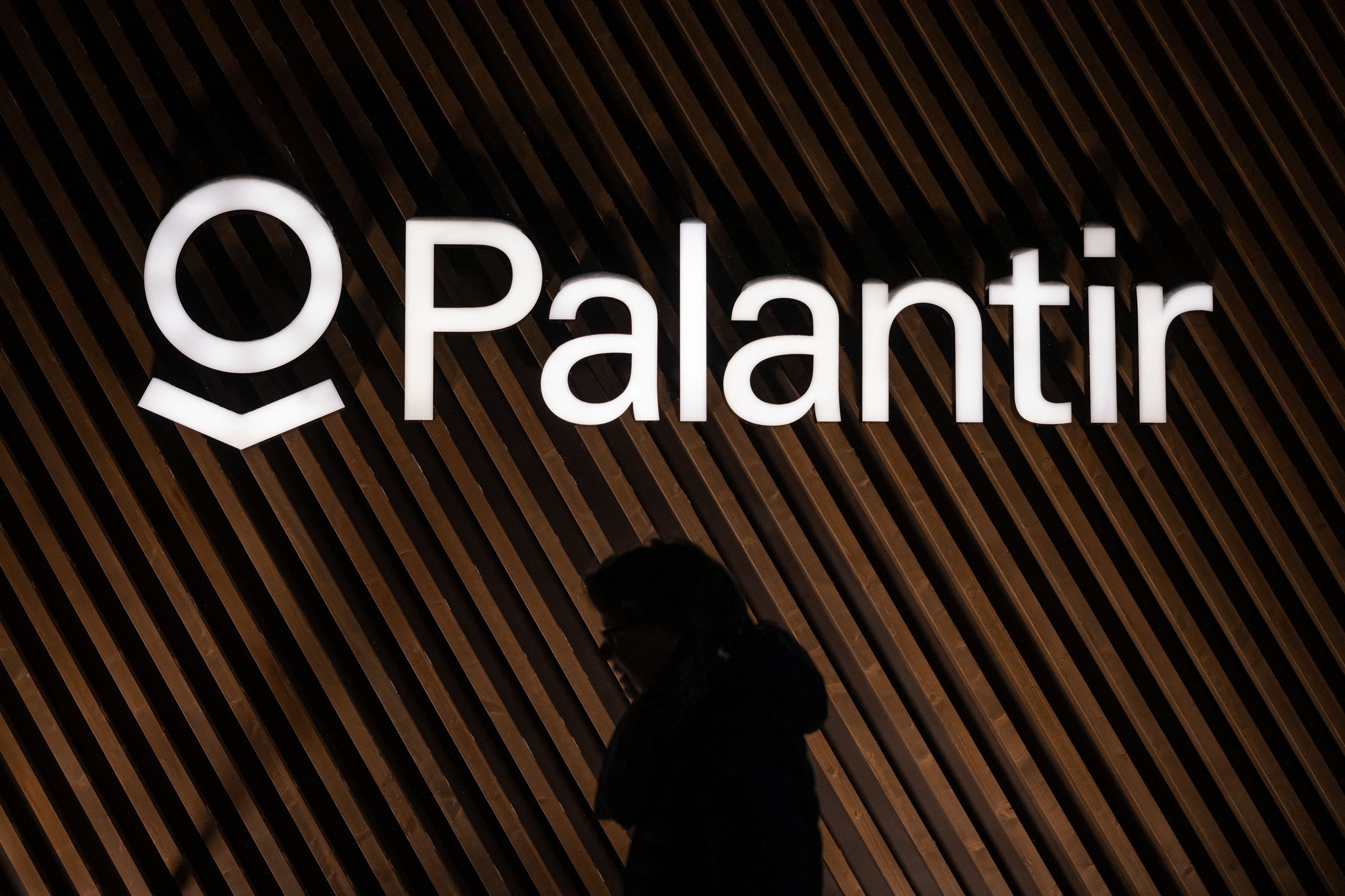Palantir Technologies (PLTR +1.11%) has been unstoppable over the last few months, adding 509% to its share price since 2024 for a total return of 1,332% since it hit the market in late 2020. When a public company starts growing this fast, it's normal to wonder if a stock split might soon be on the table. Let's dig deeper to answer this question.
Why split a stock?
Companies often turn to stock splits after experiencing a tremendous amount of growth. This technique involves dividing each share by a specific amount to increase the number outstanding while keeping the same market cap (the value of all shares combined). The goal is to make the stock appear cheaper and more accessible for investors.

NASDAQ: PLTR
Key Data Points
Stock splits are typically seen as a positive sign because they suggest that a company is in good shape while making its equity easier to trade. And according to Bank of America analyst Jared Woodard, split stocks have consistently outperformed the market averages recently. That said, it looks unlikely that Palantir will split its stock anytime soon.
While the company has grown significantly over the last five years, it still trades for a relatively bite-size $132 per share. This number is considerably lower than recent high-profile splitters like Nvidia and Tesla, which split their stocks at $1,209 and $891, respectively. Palantir investors should expect much more growth before a possible split.
What will it take for Palantir to exceed $1,000 per share?
If the company manages to repeat the 1,334% five-year return it experienced since its initial public offering, each share would be worth approximately $1,758 by 2030, which would make a stock split much more likely. However, this price tag would give Palantir a market cap of $4.15 trillion, making it the most valuable company in the world, while other factors held constant. There are several reasons investors shouldn't expect this to happen.
For starters, it already has an astronomical valuation. With a price-to-earnings (P/E) multiple of 573, it is one of the most overvalued stocks on the market. For context, the S&P 500 has an average P/E of just 28, while AI leader Nvidia trades at just 44 times trailing earnings despite growing its business by 69% year over year in its most recent quarter.

Image source: Getty Images.
Palantir's growth is good but hardly enough to justify its current valuation -- let alone any expectations of future multibagger potential.
First-quarter revenue jumped 39% year over year to $883.9 million, driven by strong demand among public- and private-sector clients for its data analytics and AI solutions. Profits more than doubled to $217.7 million. And the company continues to win high-profile contracts like with the U.S. Army and NATO, which both plan to implement its AI-powered Maven Smart System, designed to provide battlefield awareness and planning.
But while these results would be fantastic in a vacuum, a great company isn't always a good investment if excessive expectations are built into its price tag. Palantir's P/E of 573 looks almost impossible to justify, even if the business continues to hum along at current levels.
Will Palantir split its stock anytime soon??
The short answer to that question is no. Companies have tended to split at around quadruple-digit stock prices. And with a current share price of $132, the stock is already alarmingly expensive compared to the size of its business and current growth rate. Instead of waiting for more multibagger gains, investors should probably be thinking about when it's time to take profits off the table.





